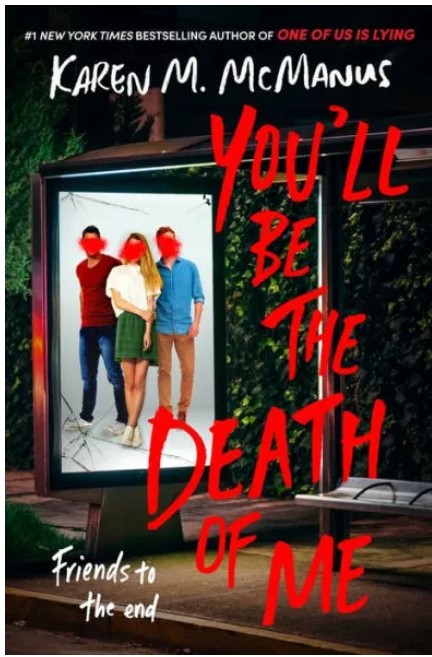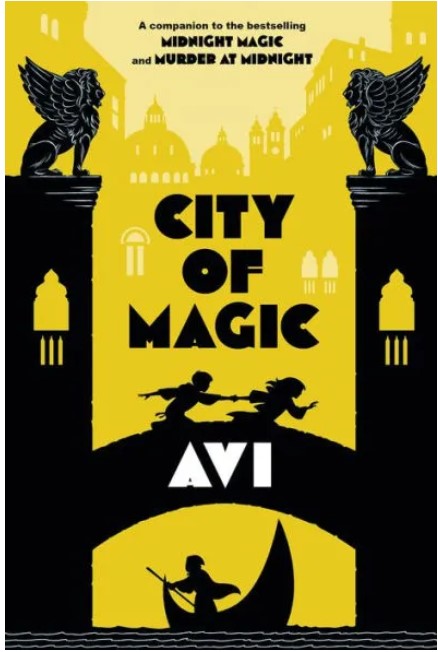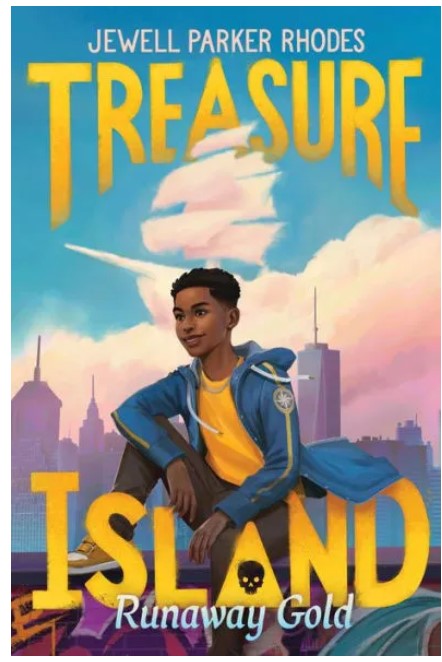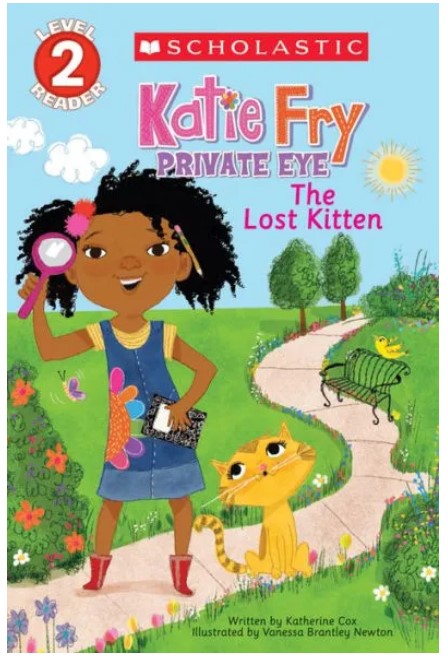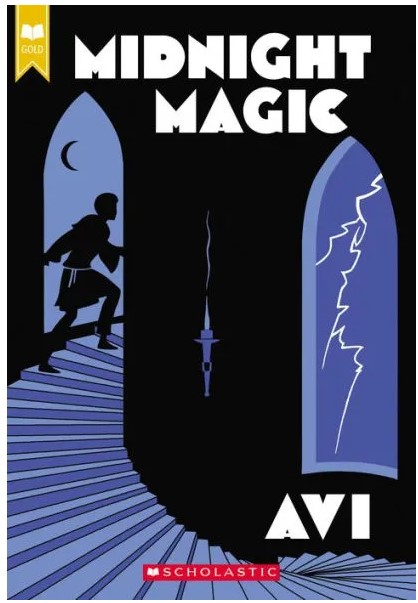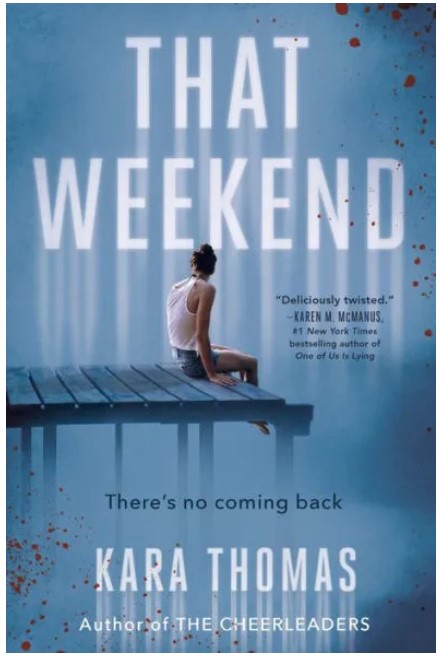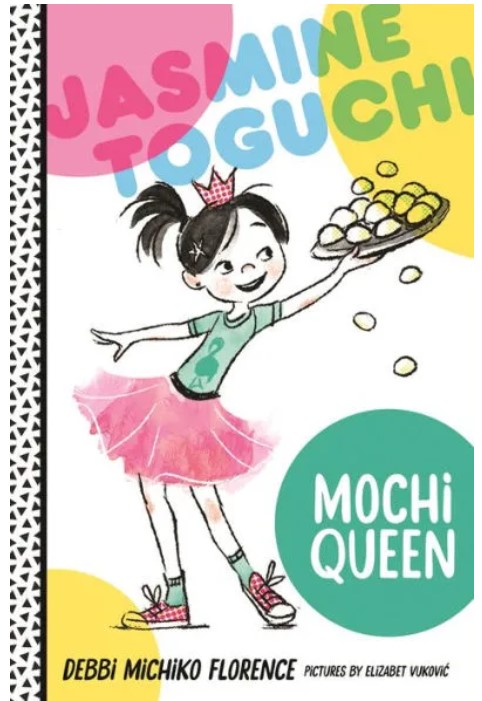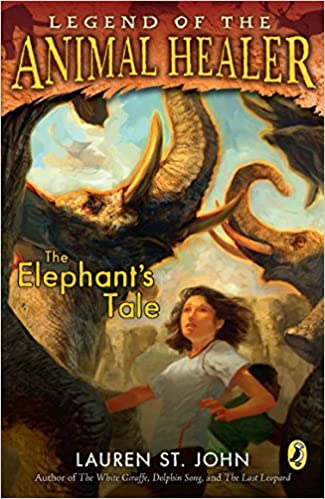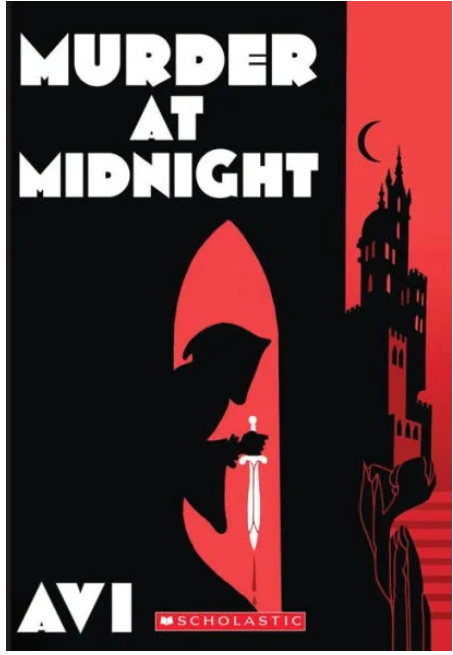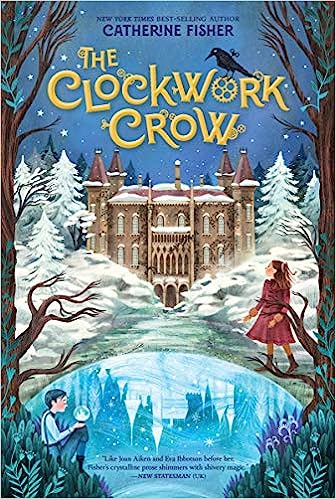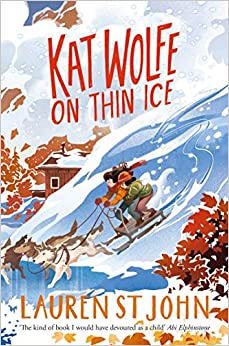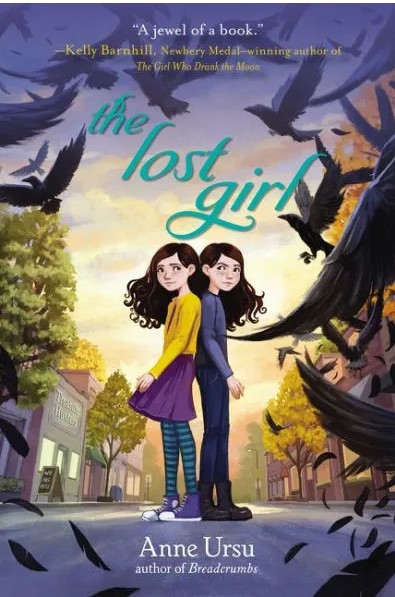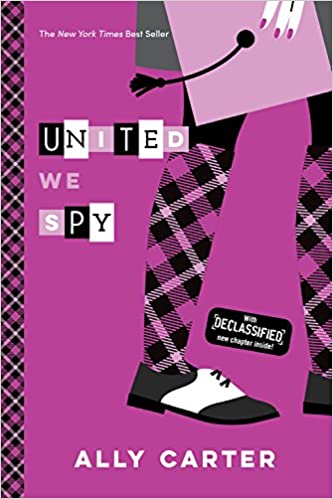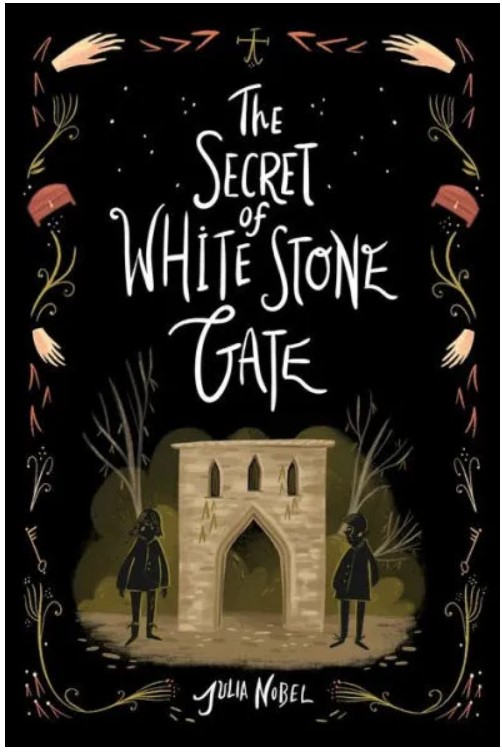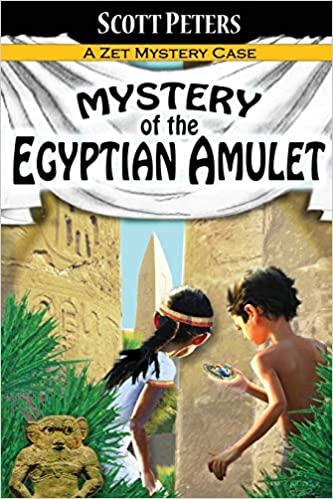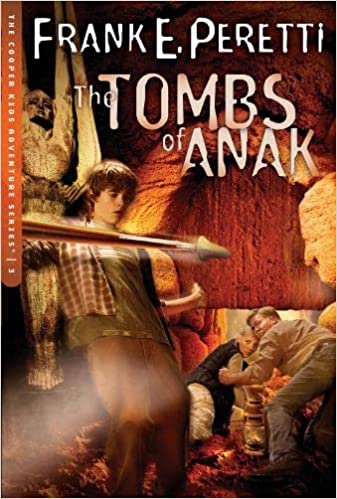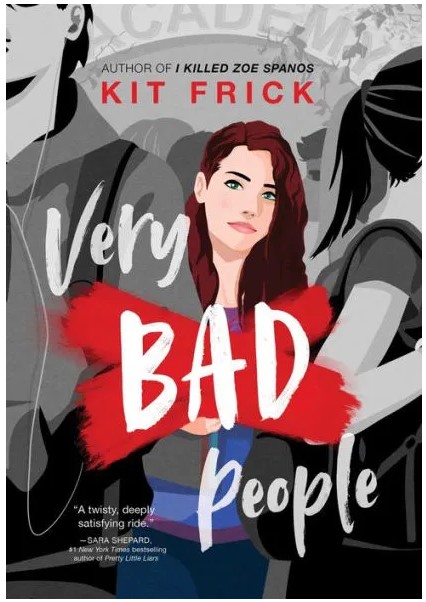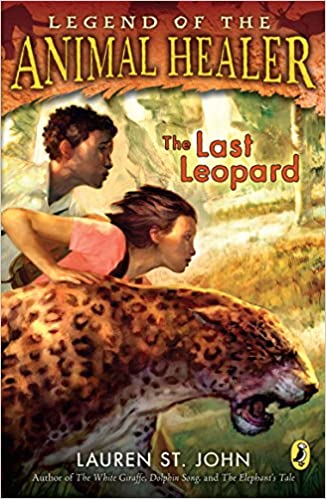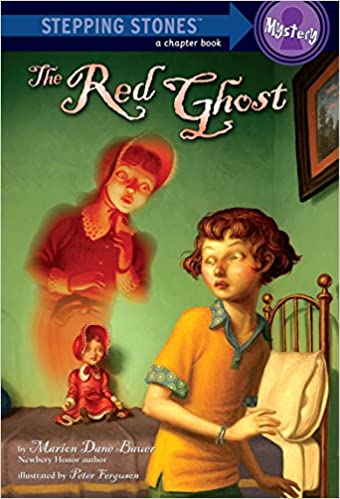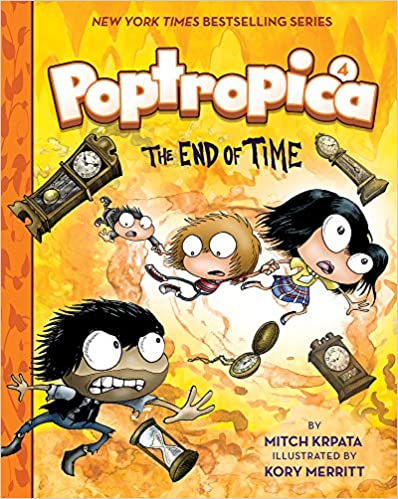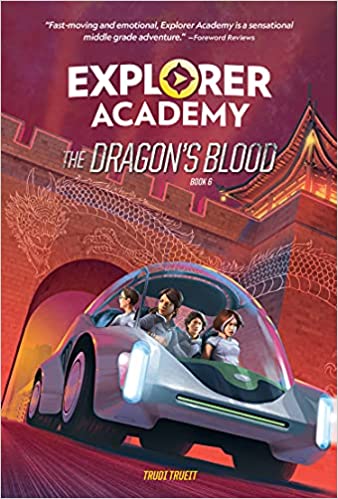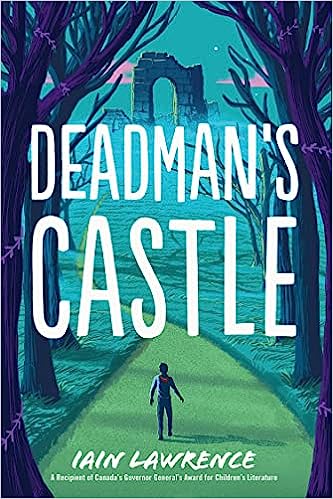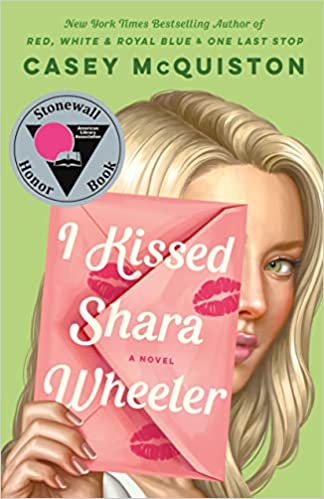It’s a big weekend for Jasmine Toguchi! She’s excited to celebrate Girl’s Day—a Japanese holiday honoring women and girls—with her sister, mother, and best friend, Linnie.
On Friday after school, Linnie comes over to plan their outfits for the Girl’s Day celebrations, and Jasmine’s neighbor, Mrs. Reese, lets them search through her old clothes for the perfect accessories. But the clothes are in her dark garage, which is kind of scary. And then Linnie decides to go home early, which is kind of weird. Plus Jasmine’s big sister, Sophie, doesn’t seem to want to join in the Girl’s Day fun this year, which is kind of confusing. WHAT is going on?
As her big weekend plans start to unravel, Jasmine must use her sleuthing skills to spot the clues around her. Then maybe, just maybe, she can put everything back in order before Girl’s Day is over!
Jasmine Toguchi, Super Sleuth explores the topic of friendship with a relatable conflict between Jasmine and her best friend, Linnie. Jasmine and Linne play dress-up at their neighbor Mrs. Reese’s house. Afterward, they do not have time to properly clean up. Jasmine tells Mrs. Reese that it was Linnie’s fault that the clothes weren’t put away right. This upsets Linnie, who then tells Jasmine’s mom that she wants to go home. When Linnie explains why she is upset, Jasmine thinks, “Linnie was snitching on me! She was not a good friend at all.”
After Linnie goes home, Jasmine “was afraid Linnie would be mad at me forever. I was afraid she would not be my friend anymore. I needed to make things right.” Jasmine realizes that even though she tries to be a super sleuth, she “missed some important clues” that prove Linnie is a super friend. In the end, even though it’s difficult, Jasmine apologizes and the friendship is repaired.
The story is accessible to fluent readers who are ready for a book with multiple plots. Black and white illustrations appear every two to three pages and show Jasmine’s daily life. Many of the illustrations show the characters’ facial expressions, which will help readers understand the characters’ emotions. Another positive aspect of the story is that difficult words are explained within the text. For example, Jasmine’s teacher asks the class what a detective is. Jasmine answers, “A detective is someone who solves mysteries by using clues. Another word for detective is sleuth.”
Even though Jasmine Toguchi is a series, the books do not need to be read in order because each book focuses on a new storyline. And for even more fun, the back of the book has directions on how to make origami paper dolls.
Young readers will enjoy the engaging plot of Jasmine Toguchi, Super Sleuth. With relatable conflicts, positive adult role models, and a kind protagonist, Jasmine Toguchi, Super Sleuth will please young readers and their parents. One of the best aspects of the story is how Jasmine uses her powers of observation to solve a mystery and understand others. In addition, the story has positive life lessons about friendship, communication, and dealing with changes. Jasmine’s mom says, ”Change doesn’t have to be a bad thing. Growing up. . . is a part of life. Just make sure you’re doing things because you want to, not because of what others might think.” Jasmine Toguchi, Super Sleuth will appeal to many readers, especially those who love to imagine themselves as super sleuths. For another educational and entertaining mystery, check out King & Kayla and the Case of the Secret Code by Dori Hillestad Butler.
Sexual Content
- None
Violence
- None
Drugs and Alcohol
- None
Language
- None
Supernatural
- None
Spiritual Content
- Jasmine’s friend, Linnie, celebrates Hanukkah. However, the holiday is not described.

